So, you want to be a bread-making ninja. Or at least bake a loaf that isn’t a brick. Great!
But let me guess—your bread didn’t rise, turned dense enough for self-defense, or felt like a yoga mat? 😬 Don’t worry. We’ve all been there.
I’ve messed up more loaves than I’d like to admit. But those fails taught me seven key lessons.
Let’s look at the 7 most common bread-making mistakes and how to avoid them. Bread deserves better than our trial-and-error flops.
1. Using Cold Ingredients (Yes, It Matters)
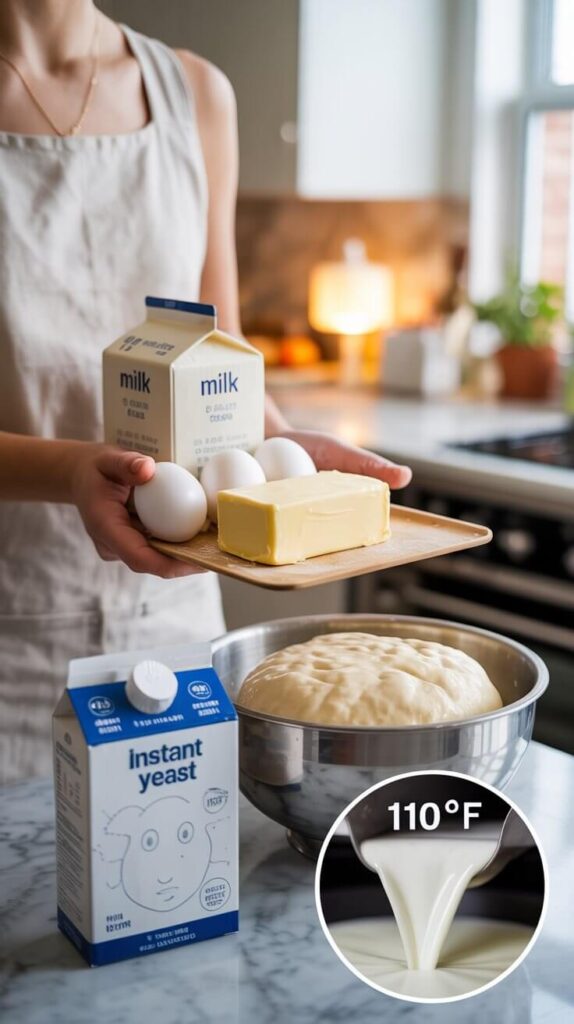
Look, I get it. You’re excited. You pull ingredients straight from the fridge and toss them into the bowl. But here’s the thing—yeast is super sensitive to temperature.
Cold milk, cold eggs, cold butter? That’s like throwing a slumber party for your yeast and expecting it to dance. Spoiler: it won’t.
What to do instead:
- Use room-temperature ingredients. Leave them out for 30 minutes before baking.
- Warm your liquid (water or milk) to around 100–110°F. Too hot = dead yeast. Too cold = sad, lazy yeast.
Why it matters:
Warmth = yeast activation = rise = actual bread (not dense dough sadness).
Ever made a dough that just sat there like a grumpy teenager? This was probably the reason.
2. Kneading Too Little (or Way Too Much)

Kneading is basically dough’s version of going to the gym. You need to build that gluten strength, but overdo it and—bam—it gets tight and cranky.
Too little? The dough won’t rise right and you’ll end up with a flat, gummy loaf.
Too much? Say hello to dry, tough bread that could cut your gums.
How to get it right:
- Knead by hand for about 10 minutes (until smooth and elastic).
- If using a mixer, 6–8 minutes tops.
- Do the windowpane test: stretch a bit of dough—if it forms a thin “window” without tearing, you’re good.
IMO, kneading is oddly therapeutic—unless you overdo it, then it’s just a workout with no reward.
3. Not Letting the Dough Rise Enough (Patience, My Friend)
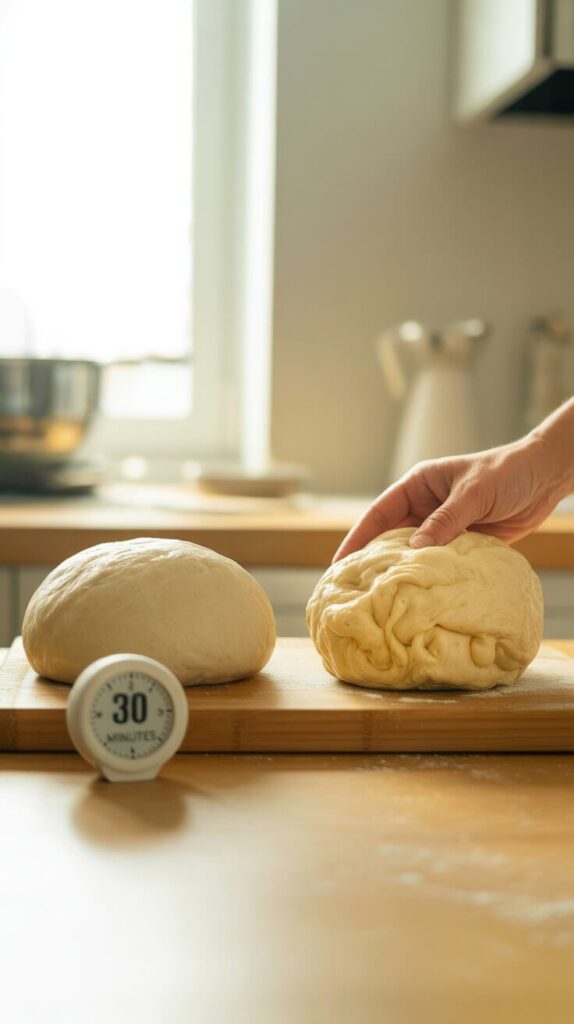
Let’s talk proofing. It’s not optional. It’s the difference between a soft, airy crumb and something resembling dense sponge cake (and not in a good way).
The mistake:
You rush the rise because you “don’t have time.” Trust me, bread doesn’t care about your schedule.
Here’s how to avoid it:
- First rise: Let it double in size—not just “look kinda bigger.”
- Second rise (after shaping): Give it time to puff up again before baking.
- Be patient. This can take 1–2 hours depending on the room temp.
Pro tip:
If your dough springs back too quickly when poked, it’s under-proofed.
If it doesn’t spring back at all? Over-proofed. Find the sweet spot.
And yeah, staring at dough isn’t thrilling, but neither is eating rubber bread. Just saying.
4. Killing the Yeast (RIP Tiny Yeasties)
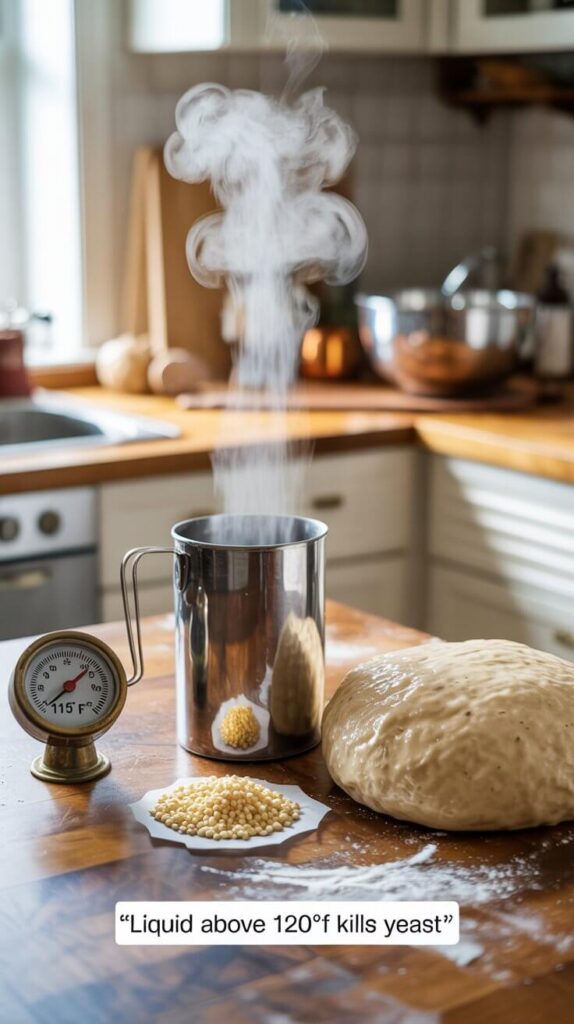
Ah, the classic rookie move—pouring boiling water directly onto yeast.
Yep, I’ve done it. And I watched my dough sit there, unbothered, unbaked, and completely unbubbled.
What kills yeast:
- Liquid above 120°F.
- Salt dumped directly on the yeast.
Save your yeast by:
- Checking liquid temp with a thermometer. 100–110°F is the sweet spot.
- Mixing yeast with flour before adding salt.
- Or mixing salt with water, then adding yeast separately if you’re using instant yeast.
FYI, yeast is alive. It deserves a little respect. Don’t boil it, don’t starve it, and definitely don’t salt-bomb it.
5. Using the Wrong Flour (Not All Flour Is Equal)
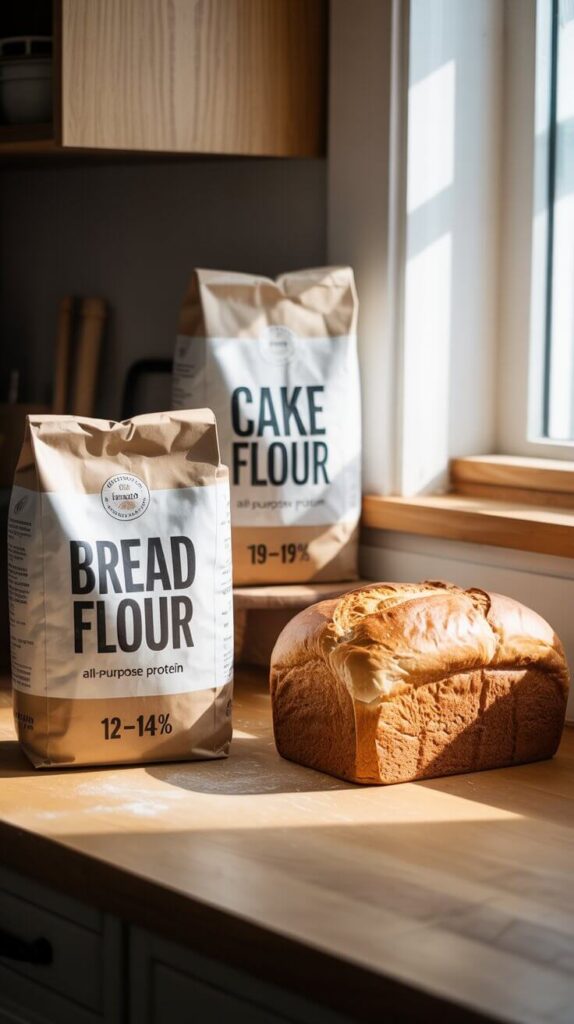
If you think flour is just flour… oof. Let’s talk.
Bread flour isn’t the same as all-purpose. Bread flour has more protein = more gluten = better structure = chewiness. (You want that. Trust me.)
Common mistake:
Using low-protein flour like cake flour (yeah… don’t).
Here’s what to keep in mind:
- Use bread flour for that chewy, bakery-style loaf.
- All-purpose flour works, but don’t expect bakery perfection.
- Avoid low-gluten flours unless you’re going gluten-free (which is a whole other convo).
Quick comparison:
- Bread flour: 12–14% protein.
- All-purpose: 9–11% protein.
- Cake flour: 7–9% protein (aka gluten who?).
Swapping flours can totally change the game. So read the label, folks.
6. Skipping the Scale (A Cup Is Not a Cup, Sorry)
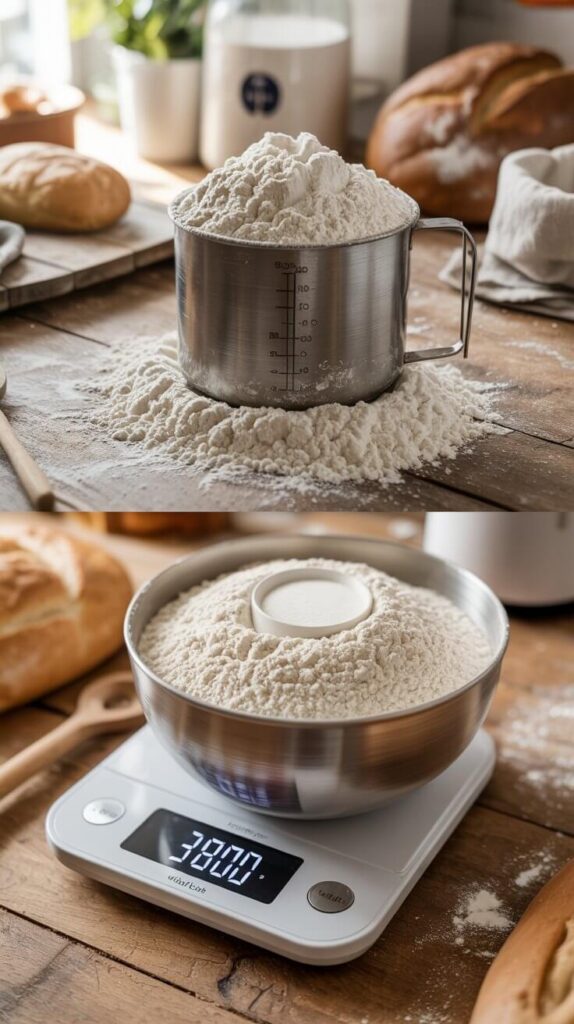
Ever tried to follow a recipe to the letter and still ended up with wonky bread? Yeah. Measuring cups are to blame.
Here’s the thing:
A cup of flour can weigh anywhere from 110g to 150g, depending on how you scoop it. That’s a BIG difference.
What to do instead:
- Use a digital kitchen scale. They’re cheap, accurate, and make you feel fancy.
- Follow recipes that list weights in grams.
- Stop guessing. Your bread will thank you.
Seriously, once I started weighing my ingredients, my bread stopped throwing tantrums. Coincidence? I think not. 😏
7. Baking at the Wrong Temperature (This One’s Huge)
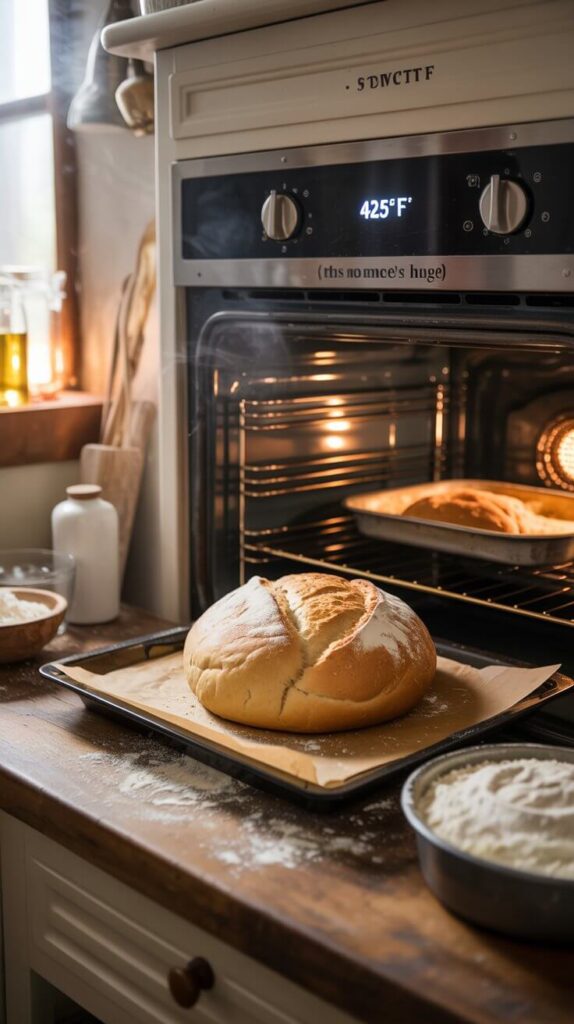
Nothing kills a loaf faster than bad baking technique. Temperature matters—a lot.
The mistake:
Your oven lies. No joke. That 375°F it says? Could be 340°F. Or 400°F. It’s a drama queen.
How to fix it:
- Use an oven thermometer. ($10, life-changing.)
- Preheat properly—at least 30 minutes.
- Follow the exact temperature and time your recipe calls for.
Bonus tip:
Steam = crusty goodness. Toss a tray of water in the oven or spray your loaf in the first 10 minutes of baking.
Bread needs the right heat to rise properly, brown beautifully, and not come out raw in the middle. Just saying—if you want to impress your sourdough-loving neighbor, don’t skip this step.
Final Thoughts: You and Bread Deserve Better
There you have it—seven totally fixable bread making mistakes that ruin loaves everywhere. Don’t feel bad if you’ve done all of these (been there, done that, still ate the bread anyway).
Here’s the recap:
- Room-temp ingredients = happy yeast.
- Knead it just right (Goldilocks style).
- Give it time to rise—no shortcuts.
- Don’t murder the yeast. Temp check, people.
- Choose the right flour.
- Weigh everything. Cups lie.
- Bake hot and accurately (steam optional but awesome).
Bread making isn’t rocket science—but it’s also not instant noodles. It takes some love, some patience, and yes, some screw-ups. But once you nail it, OMG… that smell, that crust, that slice-it-warm-and-smother-it-in-butter moment? Totally worth it.
Now, go give that dough the TLC it deserves. And hey—next time your bread flops, just remember: at least it wasn’t banana bread. That stuff never turns out how it should. 😉
Happy baking! 🍞